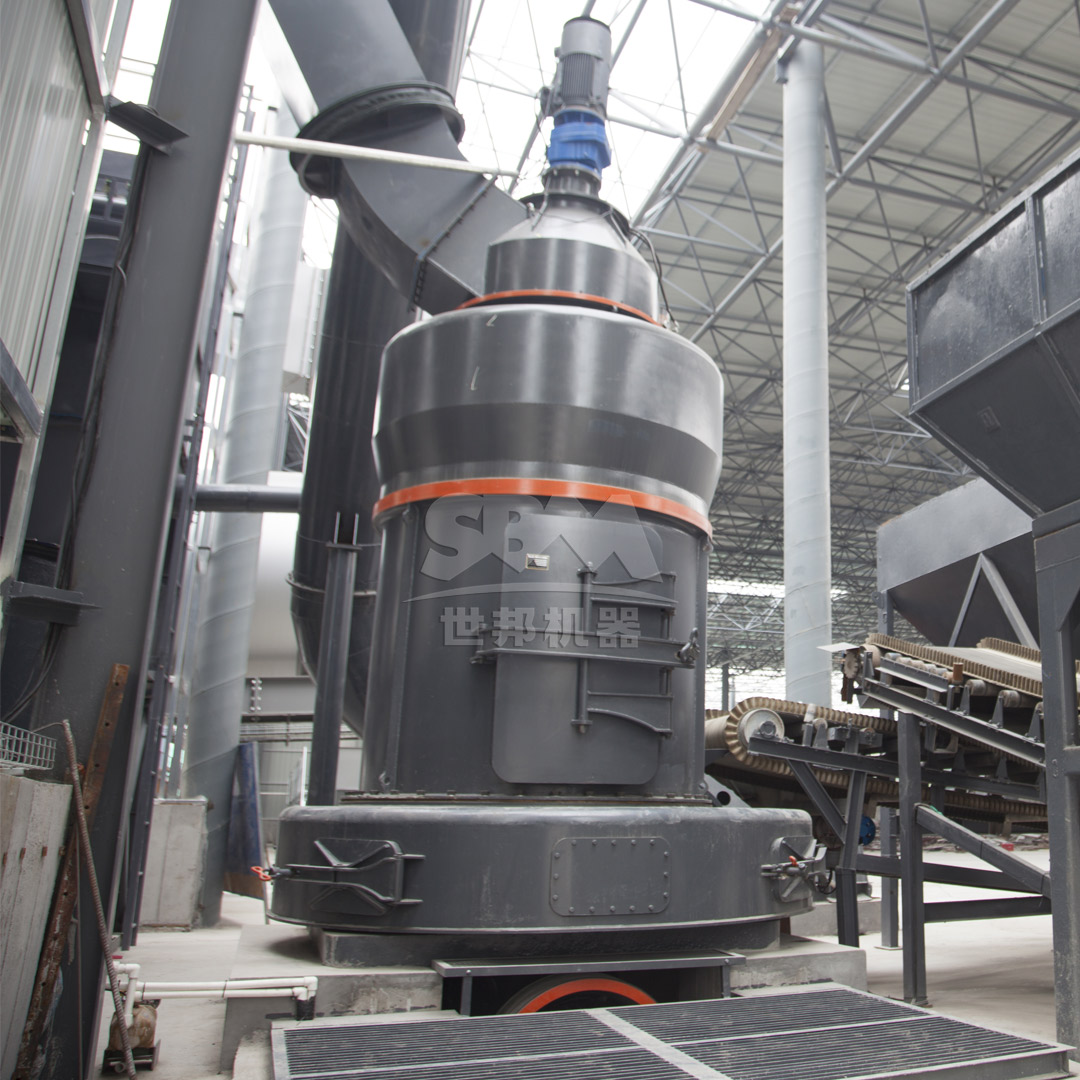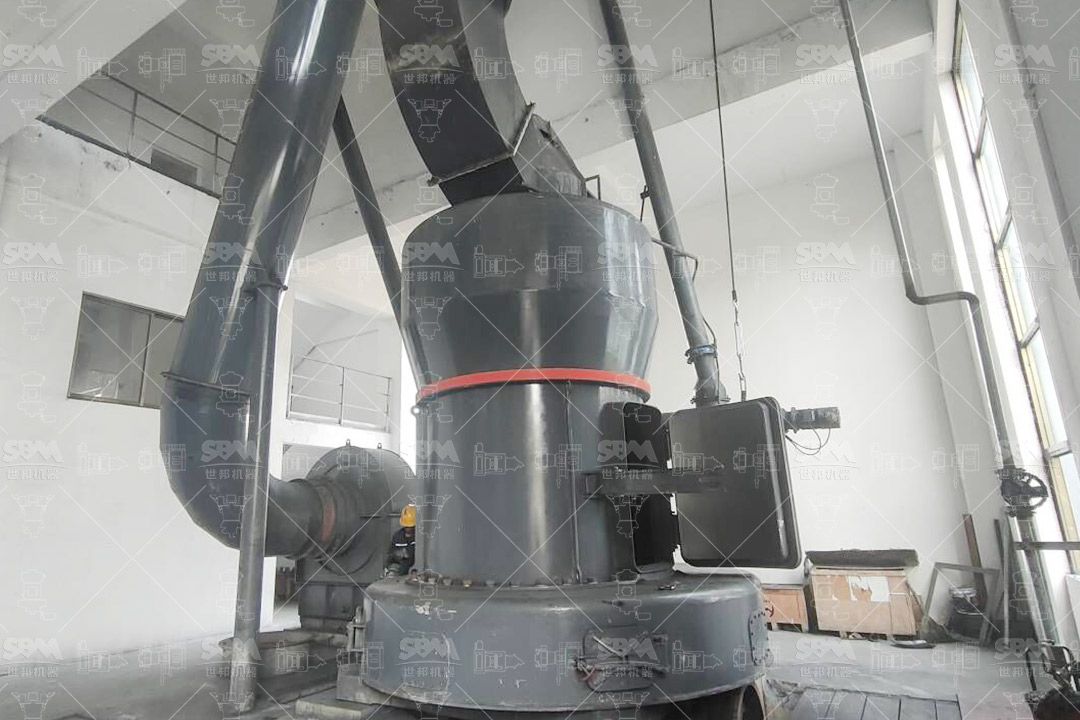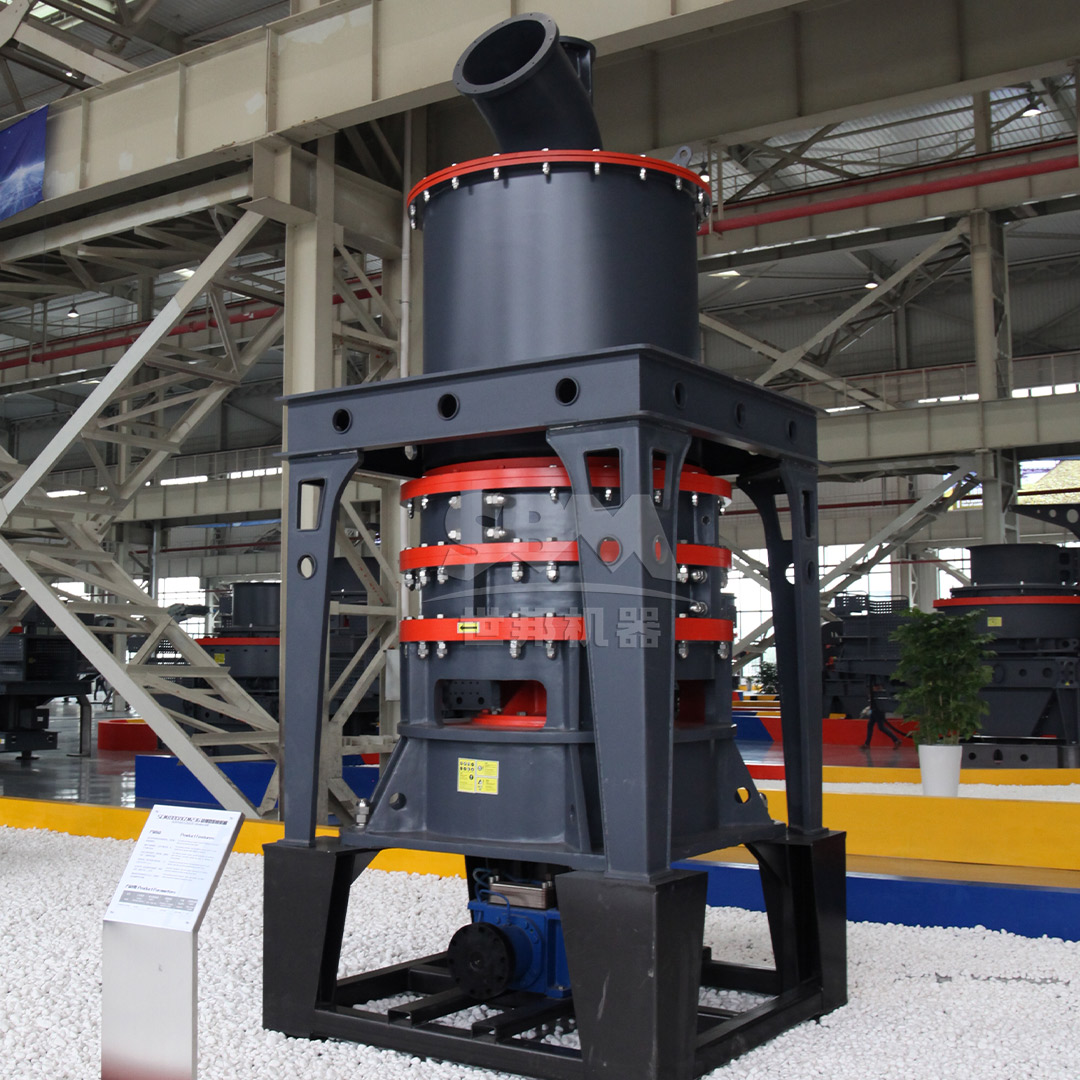Carbon black is a critical pigment and reinforcing agent in the production of high-quality inks and coatings. Its primary function is to provide deep black coloration, UV protection, and enhanced durability. The performance of carbon black in these applications is heavily dependent on its particle size distribution, dispersion quality, and surface characteristics. Achieving the optimal properties requires advanced milling technology capable of producing ultra-fine, consistent particles with minimal energy consumption and environmental impact.
The manufacturing process for carbon black involves the careful control of grinding parameters to ensure the final product meets stringent industry standards. Traditional milling methods often fall short in terms of efficiency, consistency, and environmental compliance. This has led to the development of specialized superfine mills designed specifically for handling materials like carbon black, which require precise particle size control and high throughput.

Milling carbon black presents several unique challenges that must be addressed to achieve optimal results in ink and coating applications. The material’s inherent properties, including its high surface area, tendency to agglomerate, and abrasive nature, require specialized equipment and processing techniques.
Consistent particle size distribution is crucial for achieving uniform coloration and dispersion in final products. Variations in particle size can lead to inconsistent color strength, reduced gloss, and poor stability in inks and coatings. Advanced milling systems must incorporate precise classification technology to ensure tight control over the final product’s particle size distribution.
The effectiveness of carbon black as a pigment depends on its ability to disperse uniformly throughout the ink or coating matrix. Poor dispersion can result in agglomeration, reduced color strength, and compromised product performance. Modern milling equipment must provide sufficient shear forces to break down agglomerates while maintaining particle integrity.
Carbon black can be sensitive to excessive heat generation during milling, which may lead to degradation of its properties and performance characteristics. Efficient cooling systems and controlled grinding environments are essential to maintain product quality throughout the milling process.
As a fine particulate material, carbon black requires comprehensive dust collection and containment systems to prevent environmental contamination and ensure worker safety. Modern milling equipment must incorporate advanced filtration and containment technologies to meet stringent environmental regulations.
The evolution of milling technology has led to the development of specialized equipment capable of addressing the unique challenges of carbon black processing. These advanced systems combine precision grinding, efficient classification, and environmental controls to produce high-quality carbon black products for ink and coating applications.

Modern carbon black mills employ various grinding mechanisms, including roller compression, impact, and shear forces, to achieve the desired particle size reduction. The selection of appropriate grinding elements and configurations is critical for optimizing efficiency and product quality.
Advanced classification technology is essential for separating properly ground particles from oversize material and ensuring consistent product quality. Modern mills incorporate dynamic classifiers that can be adjusted in real-time to maintain precise control over particle size distribution.
Effective cooling systems prevent thermal degradation of carbon black during processing. These may include water-cooled grinding chambers, efficient air flow management, and temperature monitoring systems that automatically adjust operating parameters to maintain optimal conditions.
Modern milling equipment features sophisticated control systems that monitor and adjust key parameters in real-time. This ensures consistent product quality, optimizes energy efficiency, and reduces the need for manual intervention.
For high-quality carbon black production in ink and coating manufacturing, we recommend our SCM Series Ultrafine Mill. This advanced milling system is specifically designed to handle the challenges of carbon black processing, offering exceptional performance in terms of particle size control, energy efficiency, and operational reliability.
| Parameter | Specification |
|---|---|
| Input Size | ≤20mm |
| Output Fineness | 325-2500 mesh (D97≤5μm) |
| Processing Capacity | 0.5-25 ton/h (model dependent) |
| Energy Consumption | 30% lower than conventional mills |
The SCM Ultrafine Mill offers several distinct advantages that make it particularly suitable for carbon black processing in ink and coating manufacturing:
High-Efficiency Grinding: The mill’s unique grinding chamber design and roller configuration provide exceptional grinding efficiency, achieving particle sizes as fine as 5μm while maintaining high throughput rates. This is particularly important for carbon black, where fine particle size is critical for optimal pigment performance.
Precision Classification: The integrated vertical turbine classifier ensures accurate particle size separation, eliminating coarse particles from the final product. This results in consistent particle size distribution, which is essential for uniform coloration and dispersion in inks and coatings.
Energy Efficiency: With energy consumption 30% lower than conventional air jet mills and twice the production capacity, the SCM Ultrafine Mill offers significant operational cost savings while maintaining high product quality.
Durability and Reliability: The mill features specially designed roller and grinding ring materials that significantly extend service life, reducing maintenance requirements and downtime. The bearing-free screw grinding chamber ensures stable operation and consistent product quality.
The SCM Ultrafine Mill incorporates advanced environmental controls that are particularly important for carbon black processing:
Pulse Dust Collection: The integrated pulse dust collection system exceeds international standards for filtration efficiency, ensuring minimal dust emissions and maintaining a clean working environment.
Noise Control: With noise levels below 75dB, the mill provides a comfortable working environment while meeting stringent noise pollution regulations.
Closed System Design:The fully enclosed system prevents material loss and environmental contamination, making it ideal for handling fine particulate materials like carbon black.

For applications requiring slightly coarser carbon black products or when processing larger initial particle sizes, our MTW Series Trapezium Mill provides an excellent alternative. This robust milling system offers high capacity and reliability for carbon black processing in various coating applications.
| Parameter | Specification |
|---|---|
| Input Size | ≤50mm |
| Output Fineness | 30-325 mesh (down to 0.038mm) |
| Processing Capacity | 3-45 ton/h (model dependent) |
| Transmission Efficiency | Up to 98% |
The MTW Series Trapezium Mill incorporates several innovative features that make it suitable for carbon black processing:
Wear-Resistant Design: The combination shovel blade design and curved surface grinding roller significantly extend service life and reduce maintenance costs, which is particularly important when processing abrasive materials like carbon black.
Optimized Air Flow: The curved air channel design reduces energy loss and improves transmission efficiency, ensuring consistent product quality and reducing operational costs.
Efficient Transmission System: The integrated bevel gear transmission system achieves up to 98% transmission efficiency, reducing energy consumption and improving overall system reliability.
Durable Housing Structure: The wear-resistant volute structure with non-blocking design improves air classification efficiency and reduces maintenance requirements by 30% compared to conventional mills.
Successful implementation of carbon black milling technology requires careful consideration of several operational factors that can significantly impact product quality and process efficiency.
Proper material handling is crucial for consistent milling performance. Carbon black should be fed at a consistent rate to maintain optimal grinding conditions and prevent overloading or underutilization of the milling system. Advanced feeding systems with precise control mechanisms ensure stable operation and consistent product quality.
Key process parameters, including grinding pressure, classifier speed, and air flow rates, must be optimized for specific carbon black grades and desired product characteristics. Modern milling systems incorporate automated control systems that can store and recall optimal parameter sets for different products.
Regular maintenance is essential for maintaining consistent performance and product quality. Wear parts should be monitored and replaced according to established schedules to prevent unexpected downtime and maintain product consistency. Advanced milling systems incorporate wear monitoring technology that alerts operators when maintenance is required.
Comprehensive quality control procedures, including regular particle size analysis, color strength testing, and dispersion evaluation, are essential for ensuring consistent product quality. Modern milling systems can be integrated with online monitoring technology to provide real-time quality assurance.
The production of high-quality carbon black for ink and coating applications requires advanced milling technology capable of delivering consistent particle size distribution, excellent dispersion characteristics, and efficient operation. The SCM Series Ultrafine Mill and MTW Series Trapezium Mill represent state-of-the-art solutions that address the unique challenges of carbon black processing while offering significant advantages in terms of energy efficiency, environmental performance, and operational reliability.
By selecting the appropriate milling technology and optimizing process parameters, manufacturers can achieve superior product quality, reduce operational costs, and meet increasingly stringent environmental regulations. The continuous advancement of milling technology ensures that the carbon black industry will be well-equipped to meet the evolving demands of ink and coating manufacturers for high-performance pigment products.